Wrapsody in hues: Anton Alvarez's new show redefines the solo exhibition
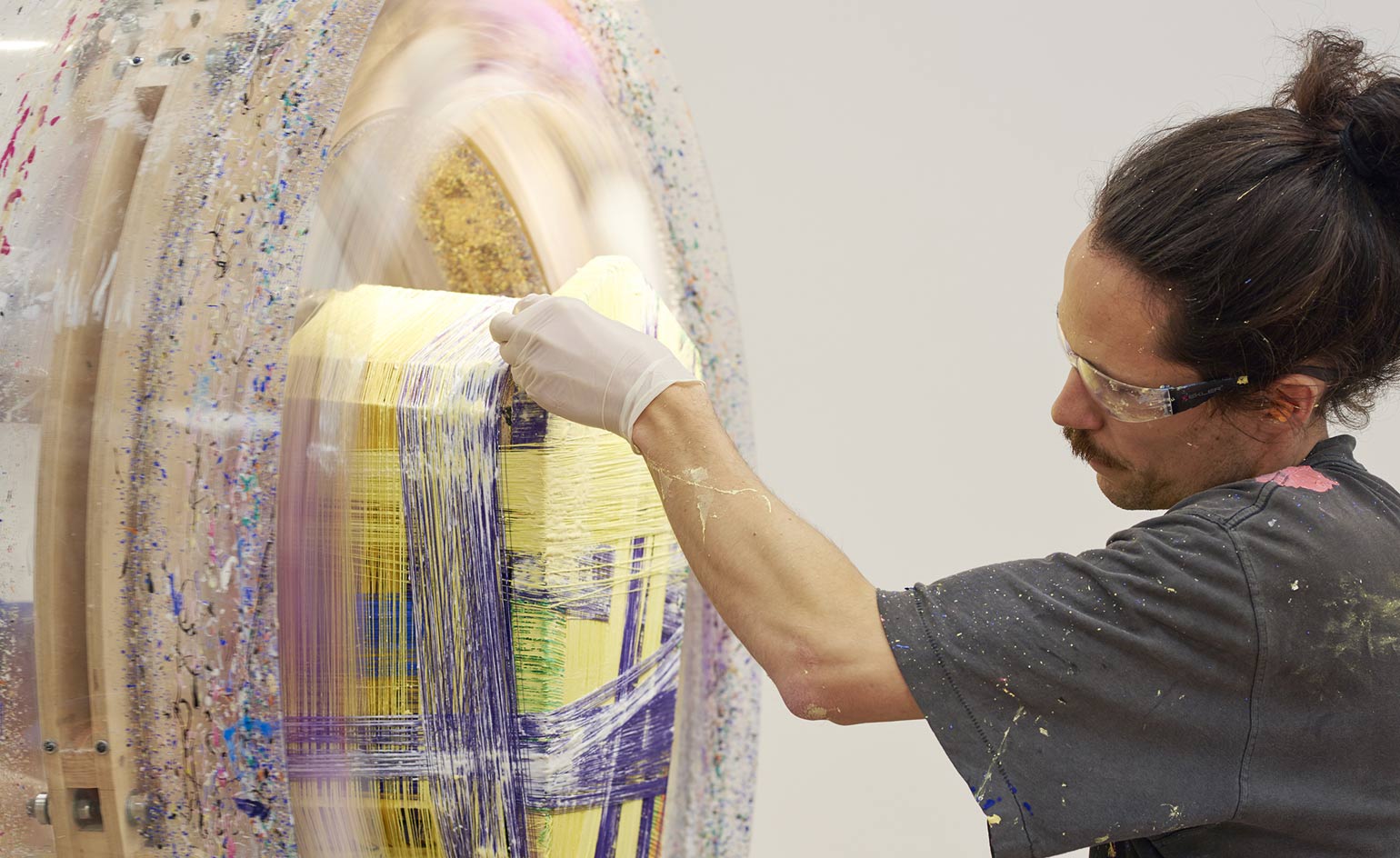
For most artists and designers, a solo exhibition is the culmination of months or years of work - and cause for a sigh of relief. But for Anton Alvarez, who arrived in New York from Stockholm this week for his first U.S. exhibition, Wednesday's opening was just the beginning. The Chilean-Swedish designer came to town with only his tools and materials and has transformed the concrete-floored, timber-columned downtown outpost of Salon 94 into a studio-cum-showcase for the craft of thread-wrapping.
'There is a performative aspect to this show, because I'm here making the pieces,' says Alvarez, a graduate of the Royal College of Art (design products) and Konstfack (interior architecture and furniture design). 'It's a good thing that people understand the process - it's quite direct, from the machine.' That would be the thread-wrapping machine, a wooden sewing-machine-meets-spin-art contraption of Alvarez's own design. With the help of an assistant, he feeds materials - blocks of plywood and poplar, plastic tubing, fiberglass rods, textiles, metal - through the large central loop and watches as they are wrapped tightly with colorful polyester threads soaked in wood glue that is often dyed with pigments.
'This is a method of joining different materials together and making them into something that they can't be by themselves,' he explains, perched atop a thread-wrapped stool in the gallery. 'When I add something, it could be for reasons of construction - to make it stronger, for example - but it also could be to change the outer shape in some way.'
Alvarez came to develop his thread-wrapping process several years ago, while still a graduate student in London. After giving himself the challenge of making one new object every day for 120 days, with a variety of techniques, he noticed two recurring interests: how to join things and thread. 'During that period I had done everything by hand, but I understood that I needed something that could wrap the threads for me,' he says. 'So I made the first prototype of the machine.'
Having applied his thread-wrapping process to create work that ranges from object to architecture, functional to atmospheric, Alvarez will focus on smaller-scale pieces such as chairs, side tables, and lamps during his time at Salon 94. The gallery is open Wednesday through Saturday, but he plans to work six days a week and will title each piece with the date on which it was completed. The final week will see a more traditional exhibition, moving out the machine, tools and vats of glue to show the pieces completed during the month of April.
Preparing to crank up the machine, Alvarez is invigorated rather than intimidated by the sight of an empty gallery with freshly painted white walls. He prefers to take each day - and object - as it comes. 'When I begin to make a piece, I choose some materials to start with,' he says. 'Then I try to keep on adding things to the process, which makes me not so sure about the outcome. To become good at a craft has its benefits, but there's a lot to say for uncertainty. It has its own strengths.'
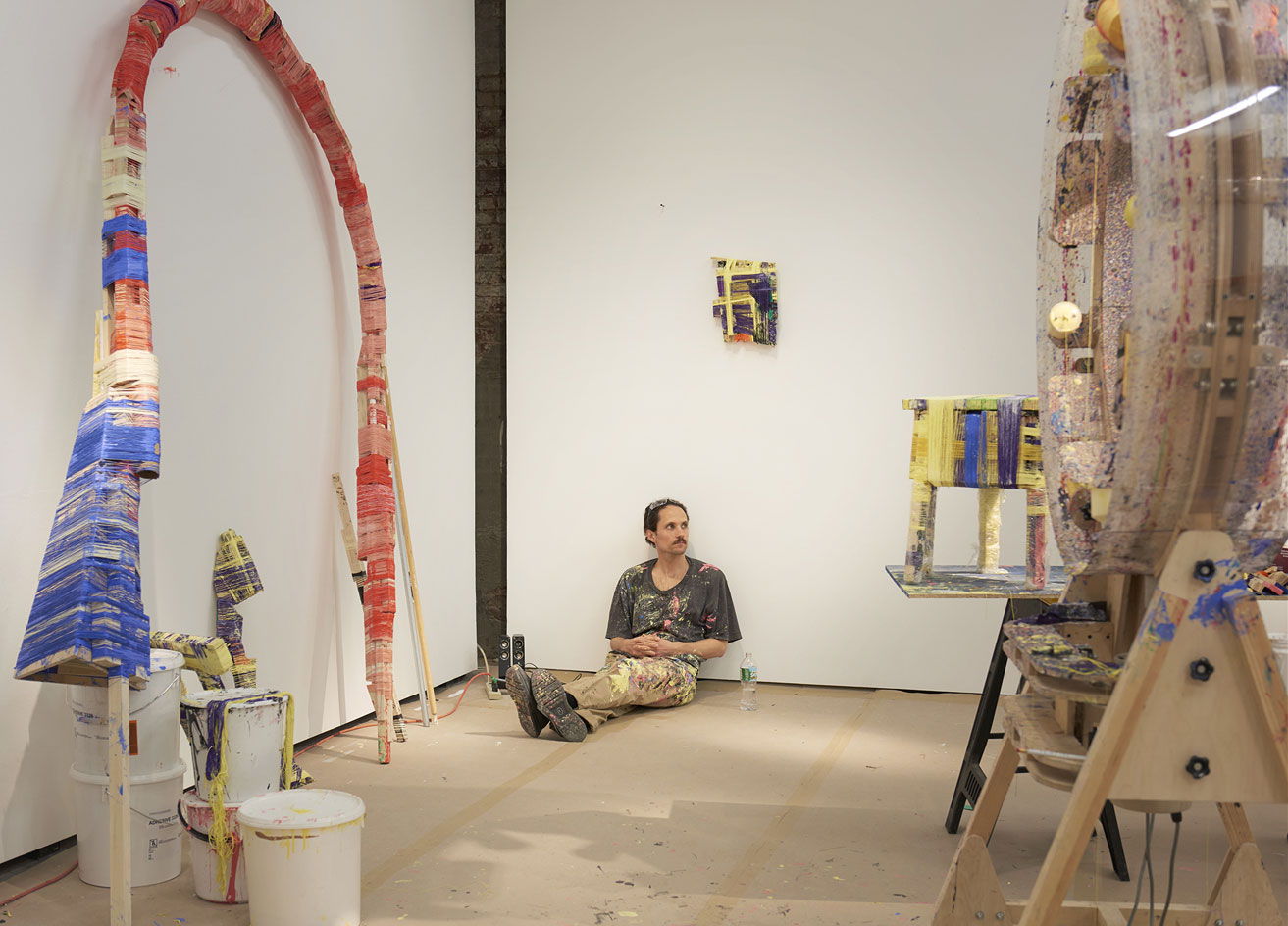
He has transformed the downstairs space of Salon 94 Freemans into his studio-cum-showcase. He is making the pieces of the exhibition as the days go by
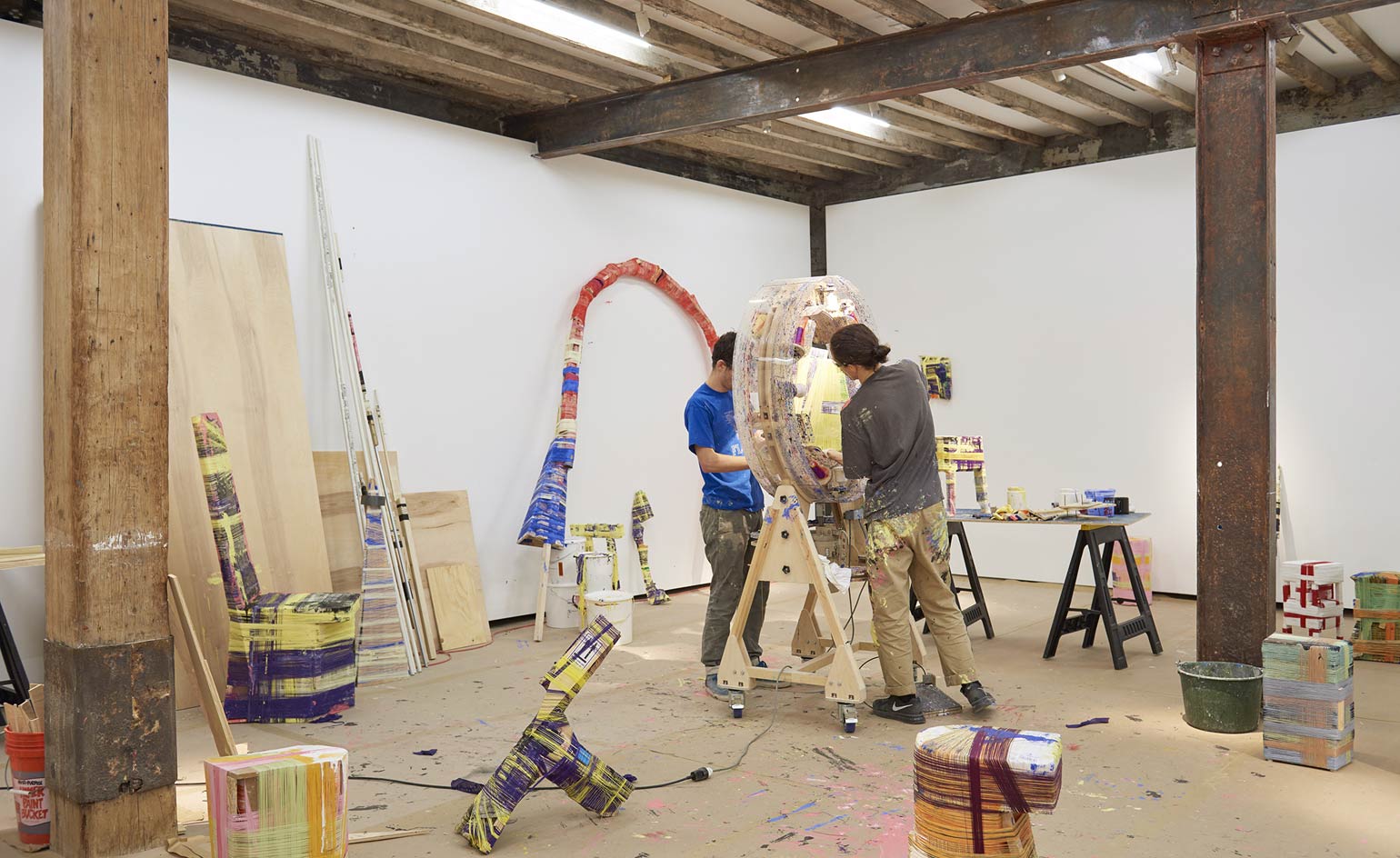
Alvarez's distinctive works are made using the thread-wrapping machine, a contraption of Alvarez's own design which binds and joins objects in coloured polyester thread
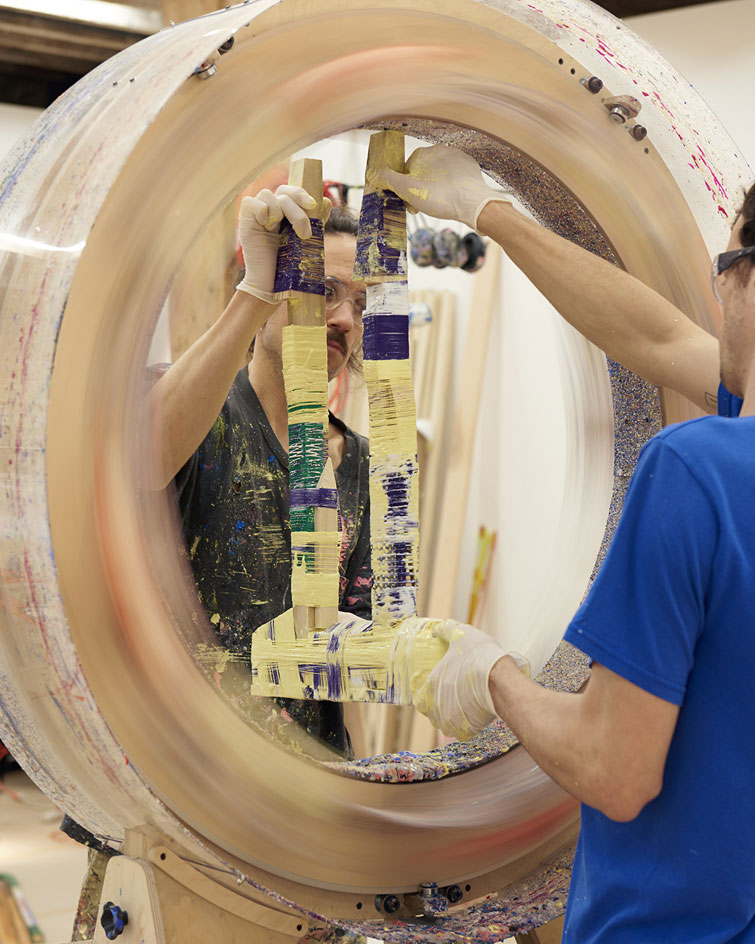
Alvarez and an assistant hold an object in the central hoop of the machine, watching as it begins to be wrapped, layer upon layer
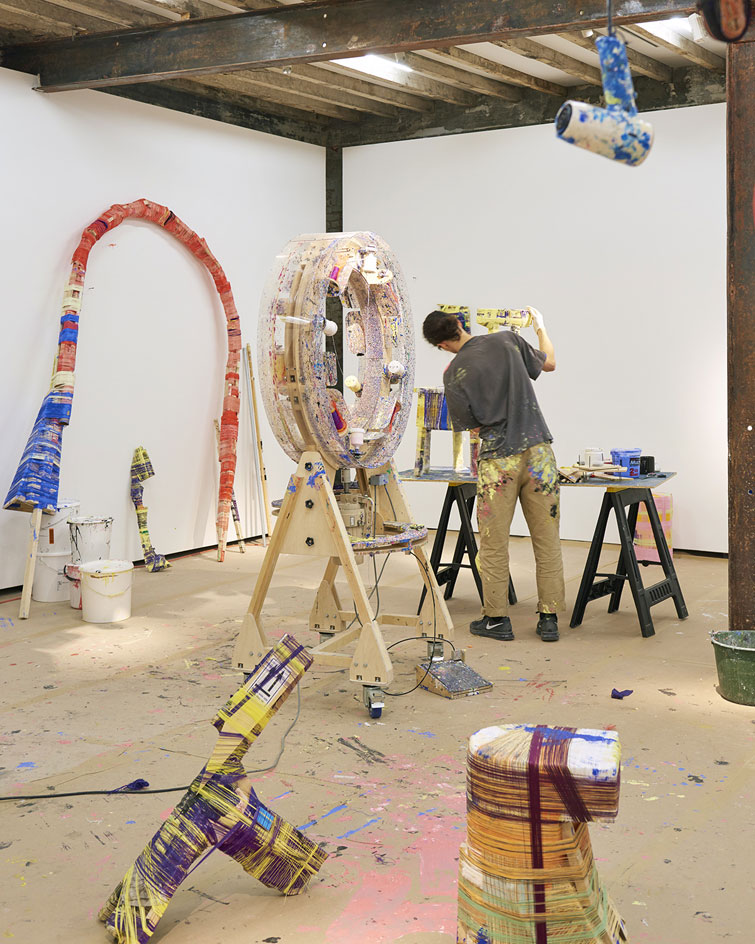
'This is a method of joining different materials together and making them into something that they can't be by themselves,' he explains
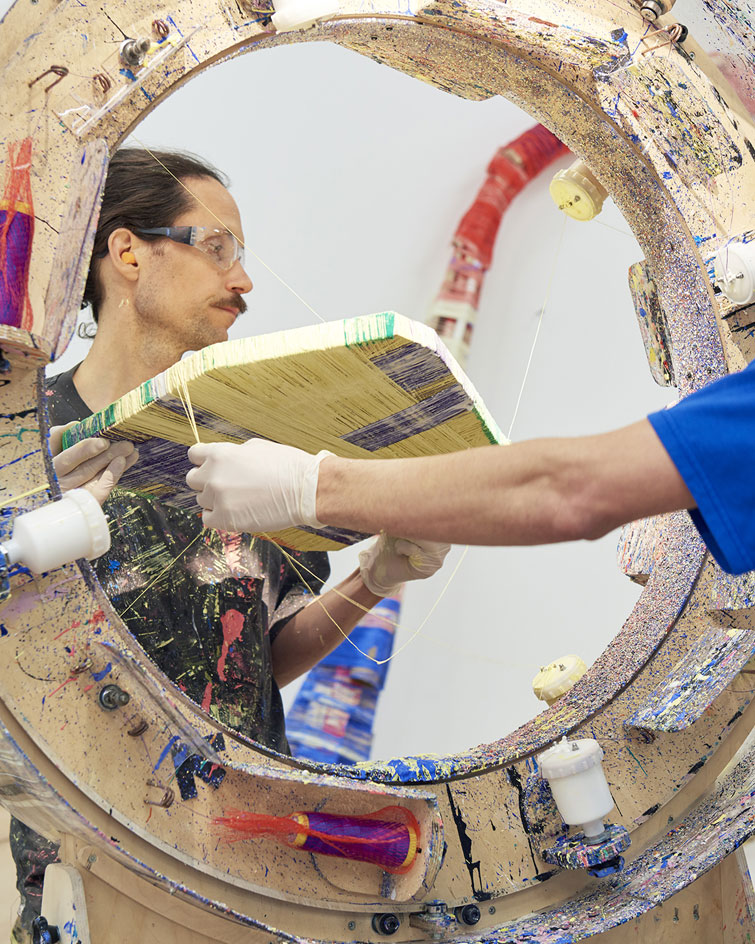
'There is a performative aspect to this show, because I'm here making the pieces,' says Alvarez
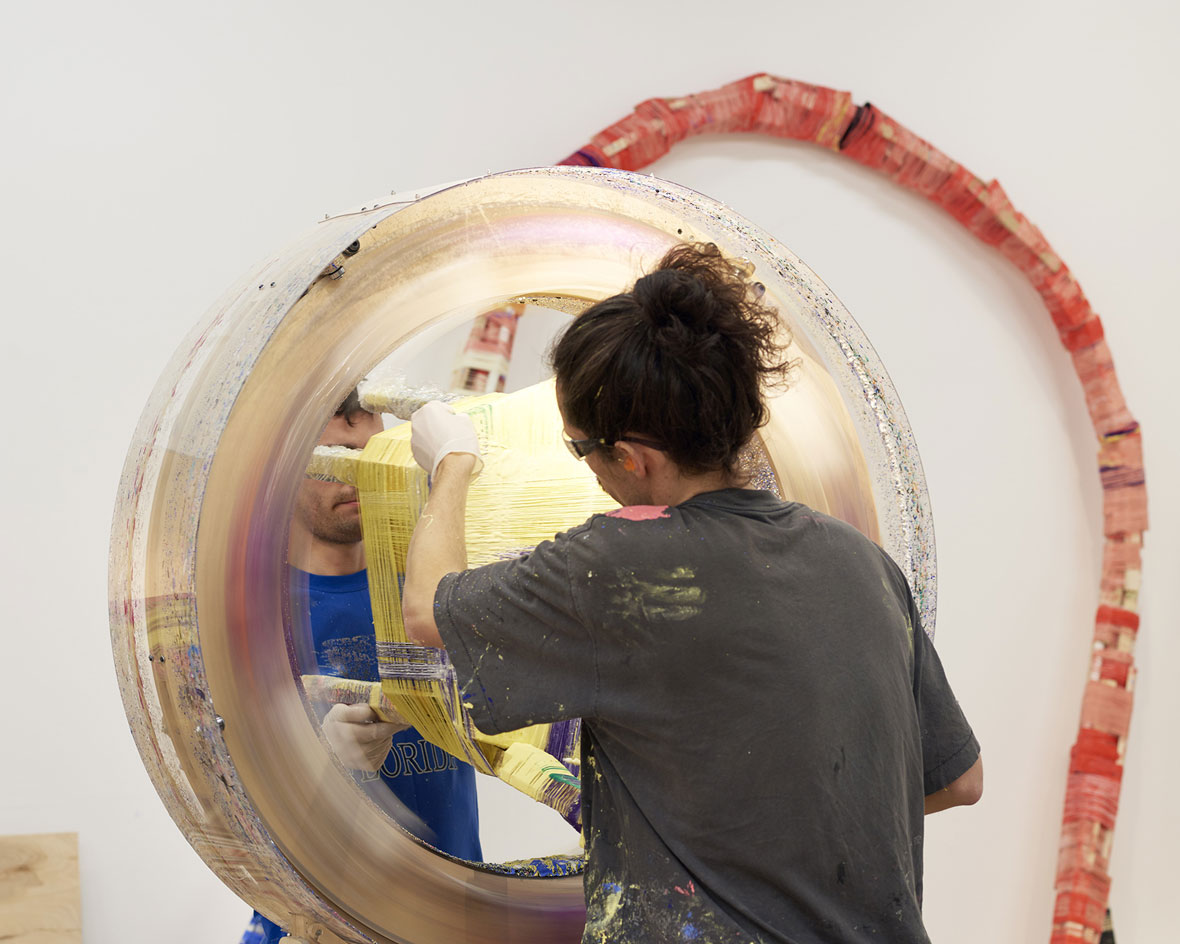
He says he likes the idea of people understanding the processes behind his art
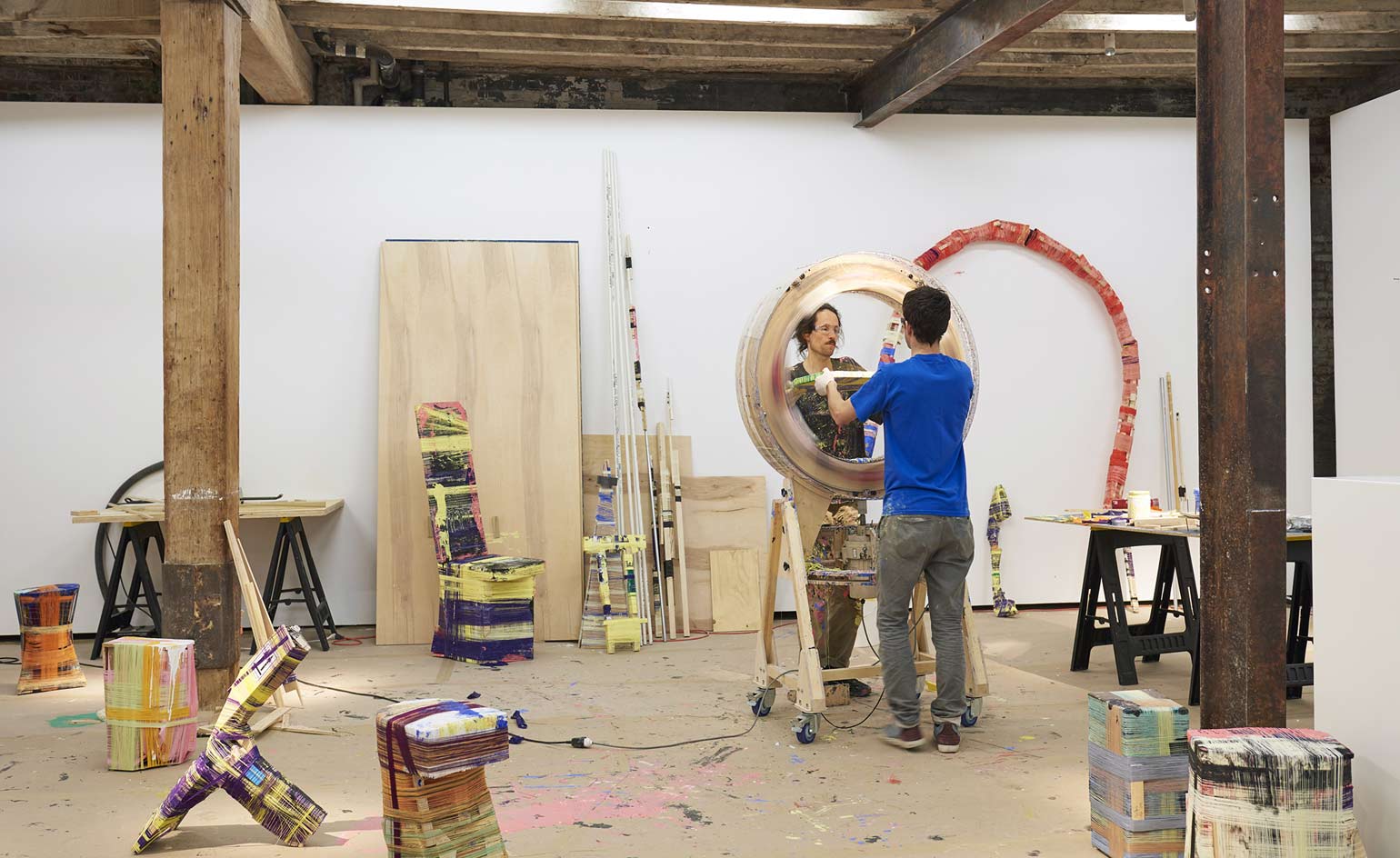
'There's a lot to say for uncertainty. It has its own strengths' - Anton Alvararez
ADDRESS
1 Freeman Alley
New York
NY 10002
Receive our daily digest of inspiration, escapism and design stories from around the world direct to your inbox.
Stephanie Murg is a writer and editor based in New York who has contributed to Wallpaper* since 2011. She is the co-author of Pradasphere (Abrams Books), and her writing about art, architecture, and other forms of material culture has also appeared in publications such as Flash Art, ARTnews, Vogue Italia, Smithsonian, Metropolis, and The Architect’s Newspaper. A graduate of Harvard, Stephanie has lectured on the history of art and design at institutions including New York’s School of Visual Arts and the Institute of Contemporary Art in Boston.
-
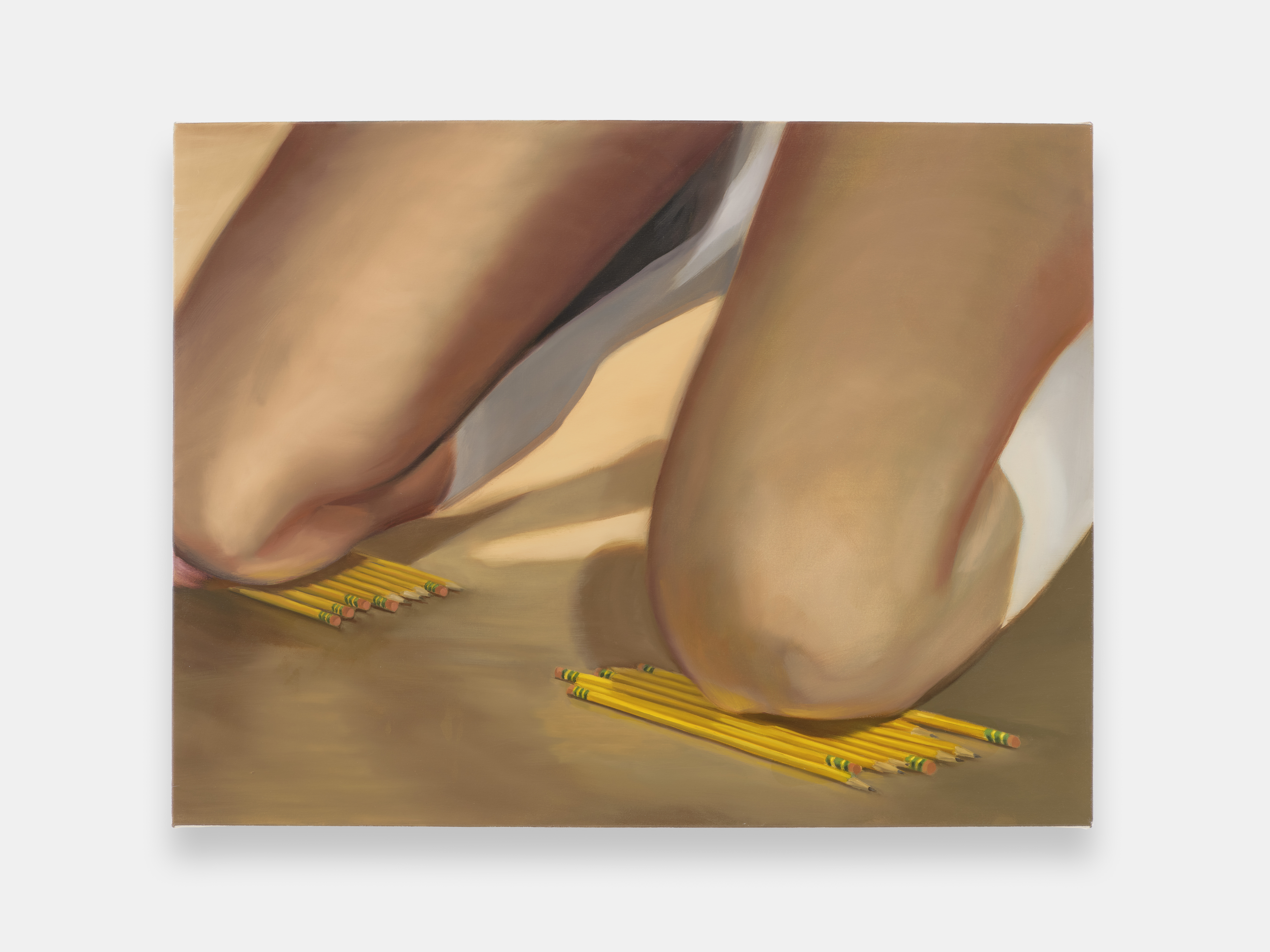 ‘I want to bring anxiety to the surface': Shannon Cartier Lucy on her unsettling works
‘I want to bring anxiety to the surface': Shannon Cartier Lucy on her unsettling worksIn an exhibition at Soft Opening, London, Shannon Cartier Lucy revisits childhood memories
-
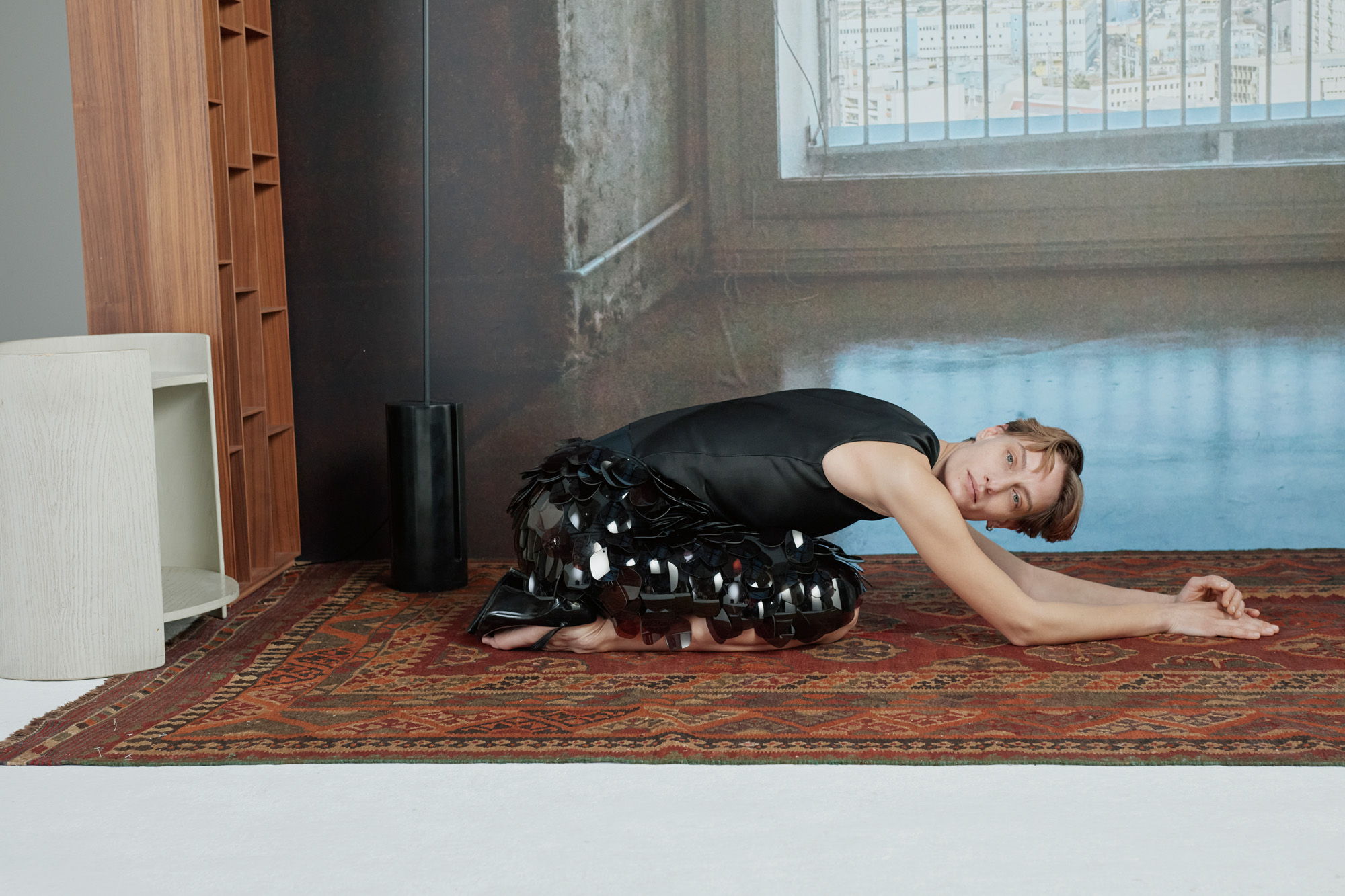 What one writer learnt in 2025 through exploring the ‘intimate, familiar’ wardrobes of ten friends
What one writer learnt in 2025 through exploring the ‘intimate, familiar’ wardrobes of ten friendsInspired by artist Sophie Calle, Colleen Kelsey’s ‘Wearing It Out’ sees the writer ask ten friends to tell the stories behind their most precious garments – from a wedding dress ordered on a whim to a pair of Prada Mary Janes
-
 Year in review: 2025’s top ten cars chosen by transport editor Jonathan Bell
Year in review: 2025’s top ten cars chosen by transport editor Jonathan BellWhat were our chosen conveyances in 2025? These ten cars impressed, either through their look and feel, style, sophistication or all-round practicality
-
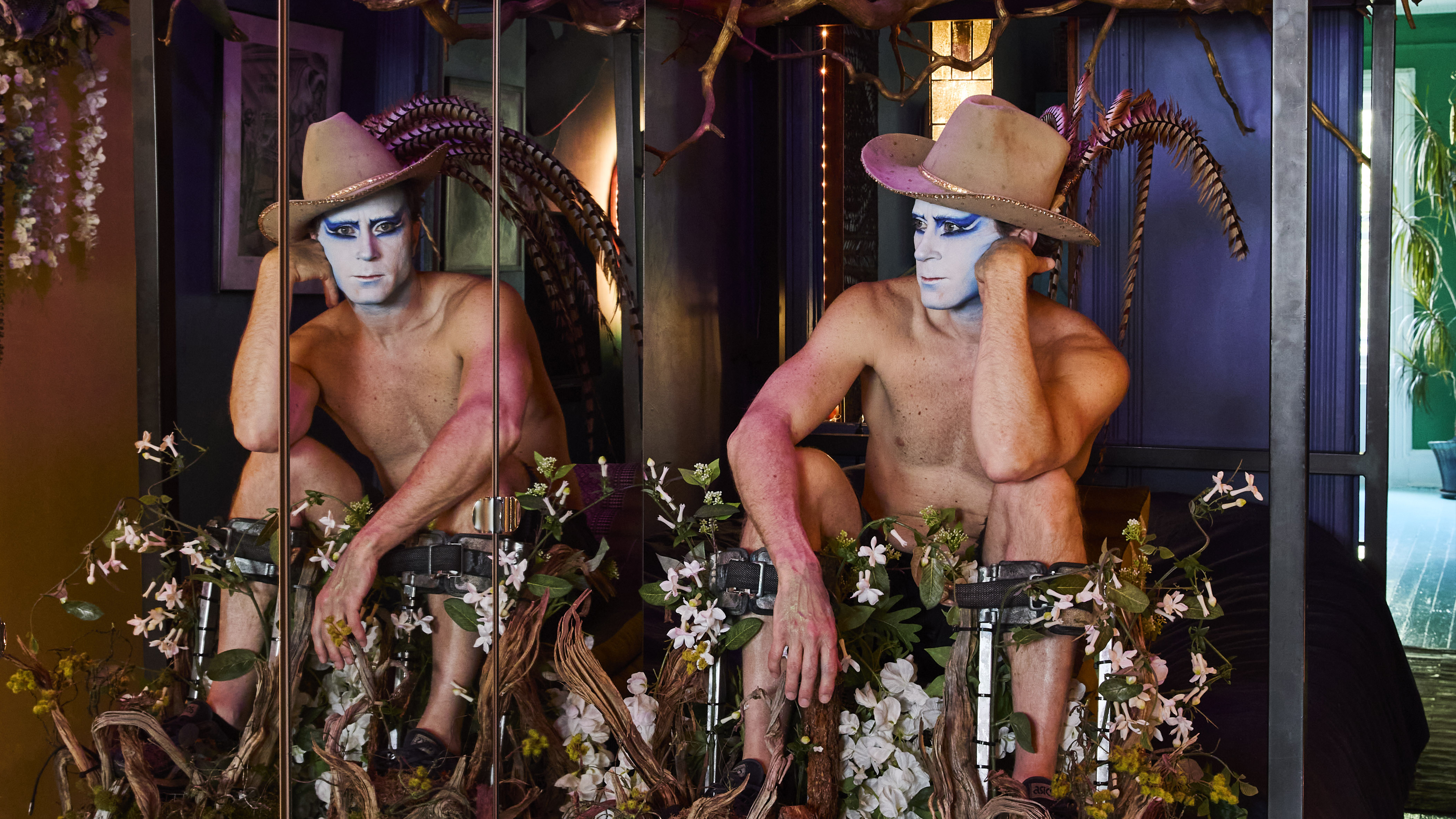 Inside the fantastical world of performance artist, Darrell Thorne
Inside the fantastical world of performance artist, Darrell ThornePerformance artist Darrell Thorne straddles multiple worlds, telling stories through transformation, reinvention and theatrical excess
-
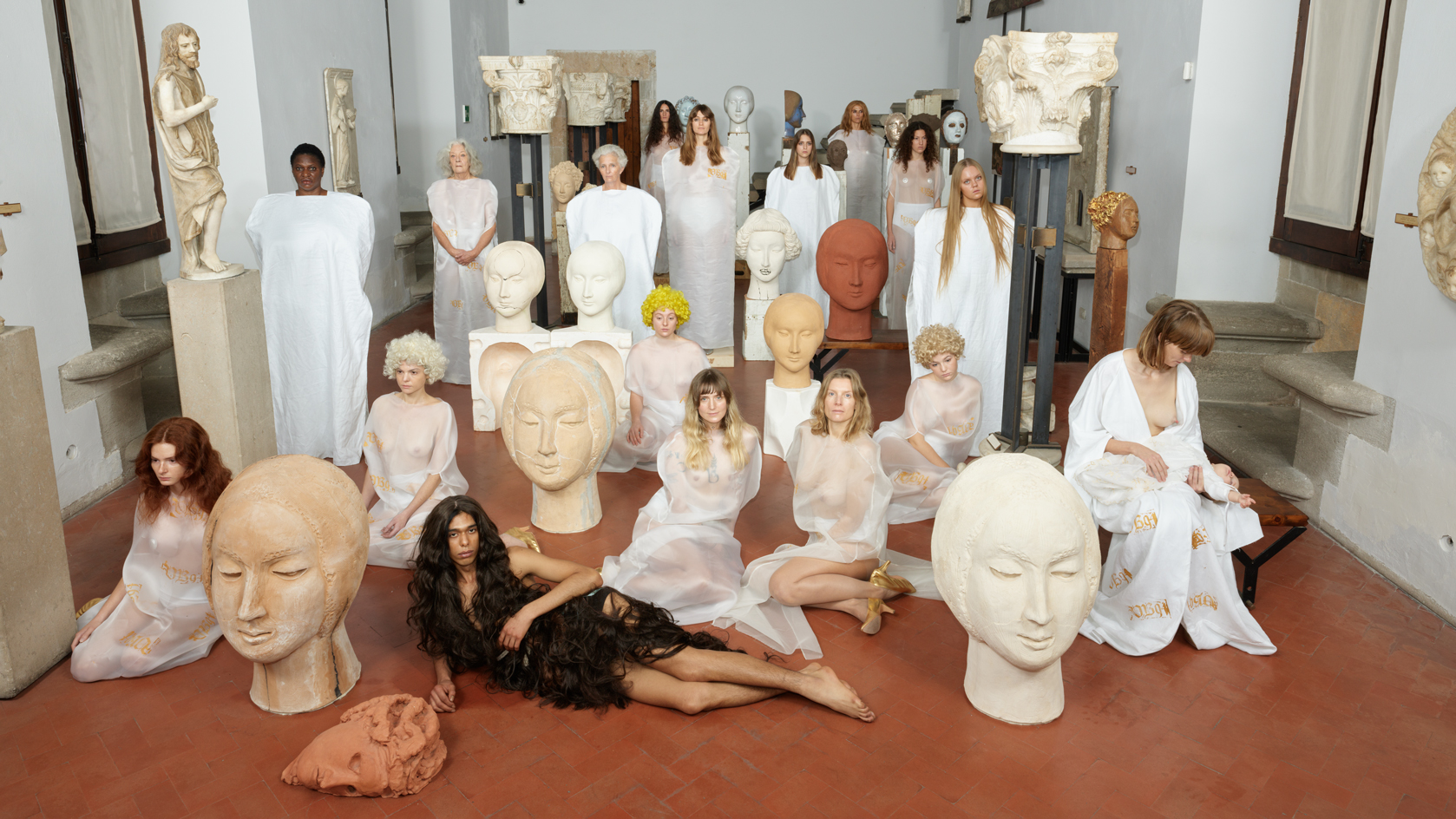 Vanessa Beecroft’s ethereal performance and sculpture exhibition explore Sicily’s cultural history
Vanessa Beecroft’s ethereal performance and sculpture exhibition explore Sicily’s cultural historyAt the historic Palazzo Abatellis, Sicily, Vanessa Beecroft has unveiled ‘VB94’, a new tableau vivant comprising a one-time performance and a new series of sculptures, the latter on view until 8 January
-
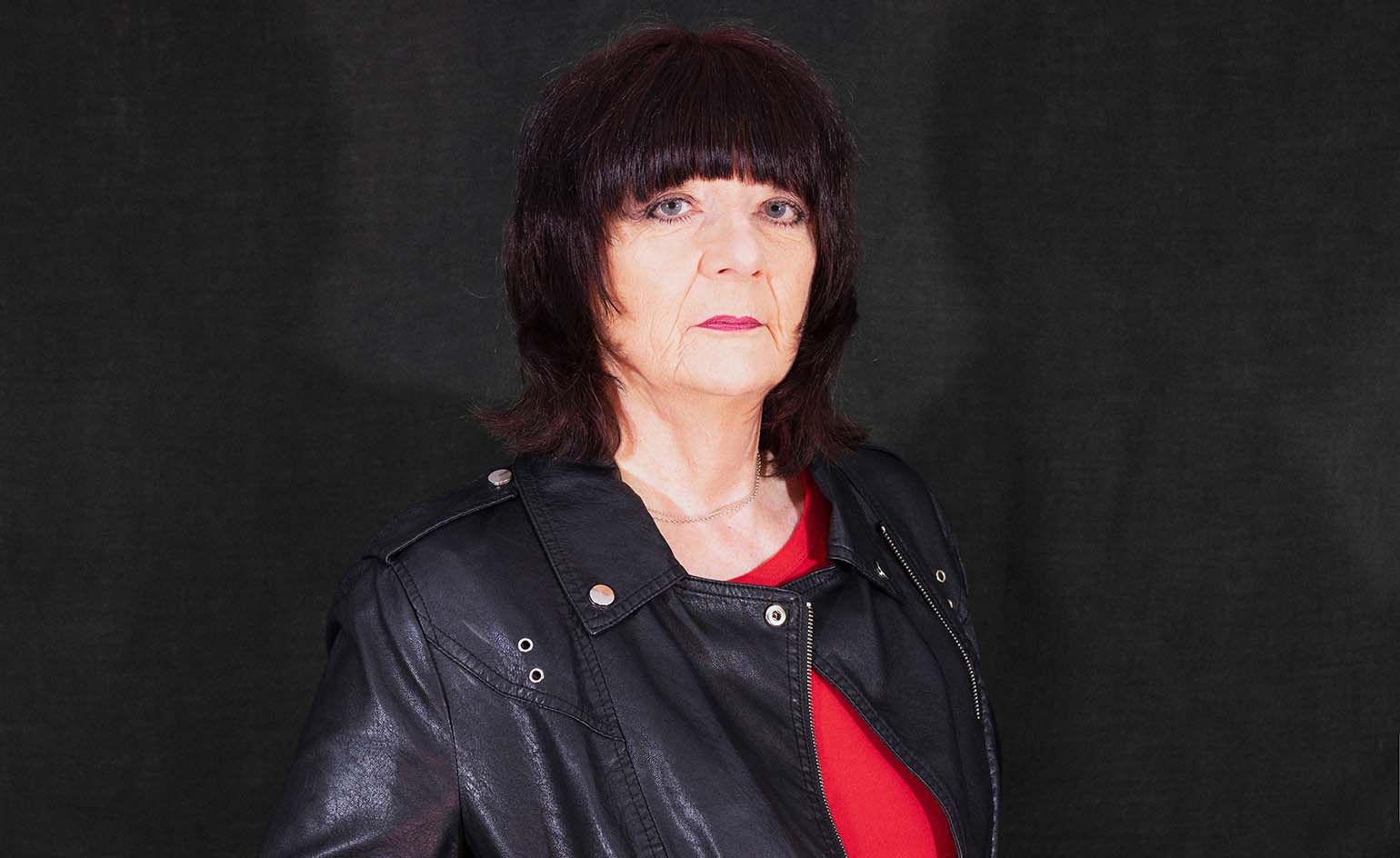 Subversive artist Cosey Fanni Tutti on individuality and annihilating limitations
Subversive artist Cosey Fanni Tutti on individuality and annihilating limitationsFollowing the launch of her new book Re-Sisters, we speak to Cosey Fanni Tutti about conquering fear through action, stepping into the unknown, and the secret to making art that matters
-
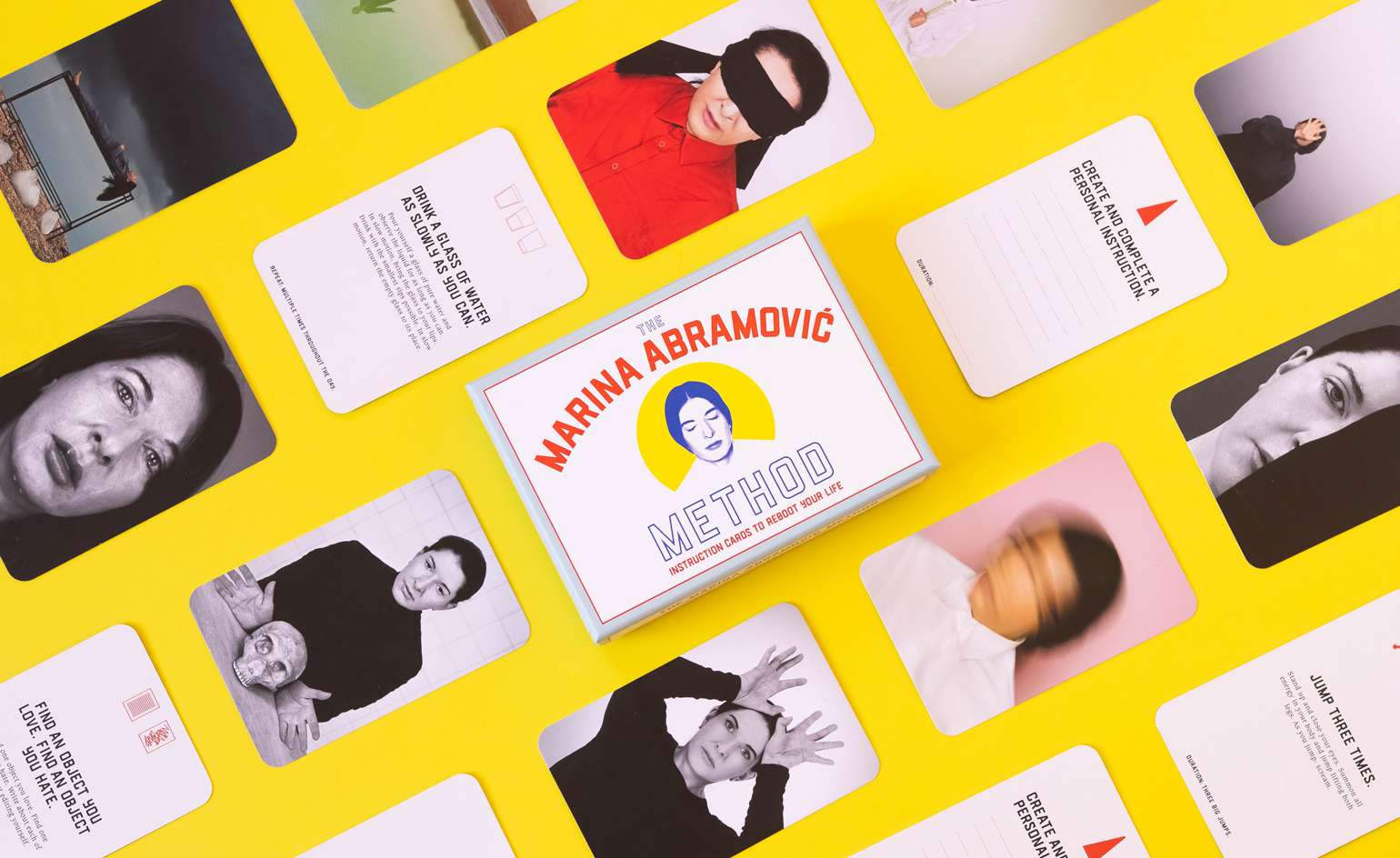 Can the Marina Abramović Method change your life?
Can the Marina Abramović Method change your life?Lady Gaga and Jay-Z are among those who have followed the Abramović Method to reach higher creative consciousness. Now, the artist’s iconic approach has been translated into a series of instruction cards for all. If you don’t try, you’ll never know
-
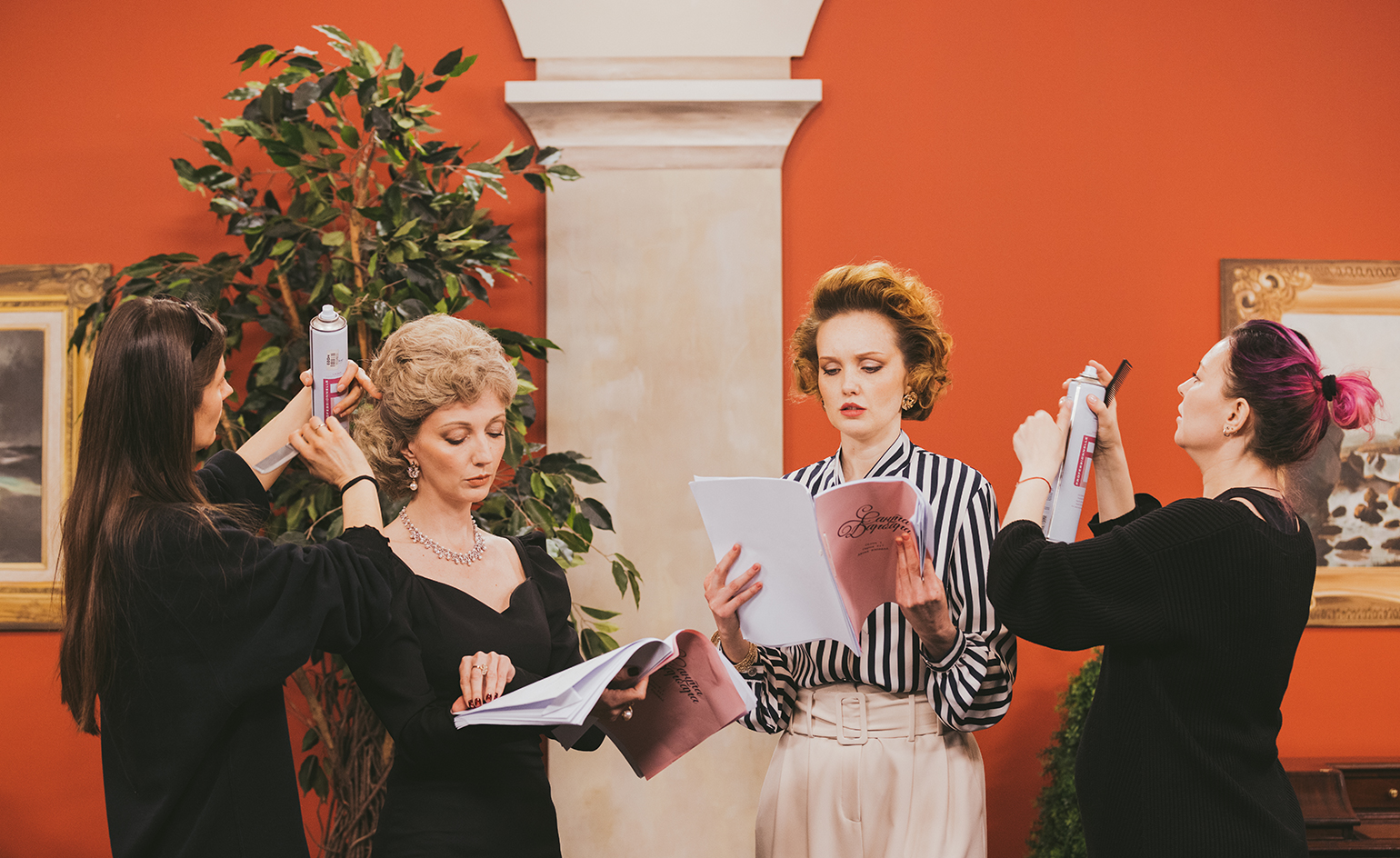 Ragnar Kjartansson’s dramatic soap opera inaugurates GES-2 in Moscow
Ragnar Kjartansson’s dramatic soap opera inaugurates GES-2 in MoscowIcelandic artist Ragnar Kjartansson inaugurates the much-anticipated V-A-C Foundation’s GES-2 House of Culture in Moscow. Santa Barbara – A Living Sculpture is a bold, theatrical work that examines the relationship between Russia and the US
-
 Torkwase Dyson and Mark Rothko inaugurate Pace gallery’s new London home
Torkwase Dyson and Mark Rothko inaugurate Pace gallery’s new London homeJust in time for Frieze Week 2021, Pace has opened its much-anticipated Hanover Square gallery with shows by Torkwase Dyson and Mark Rothko
-
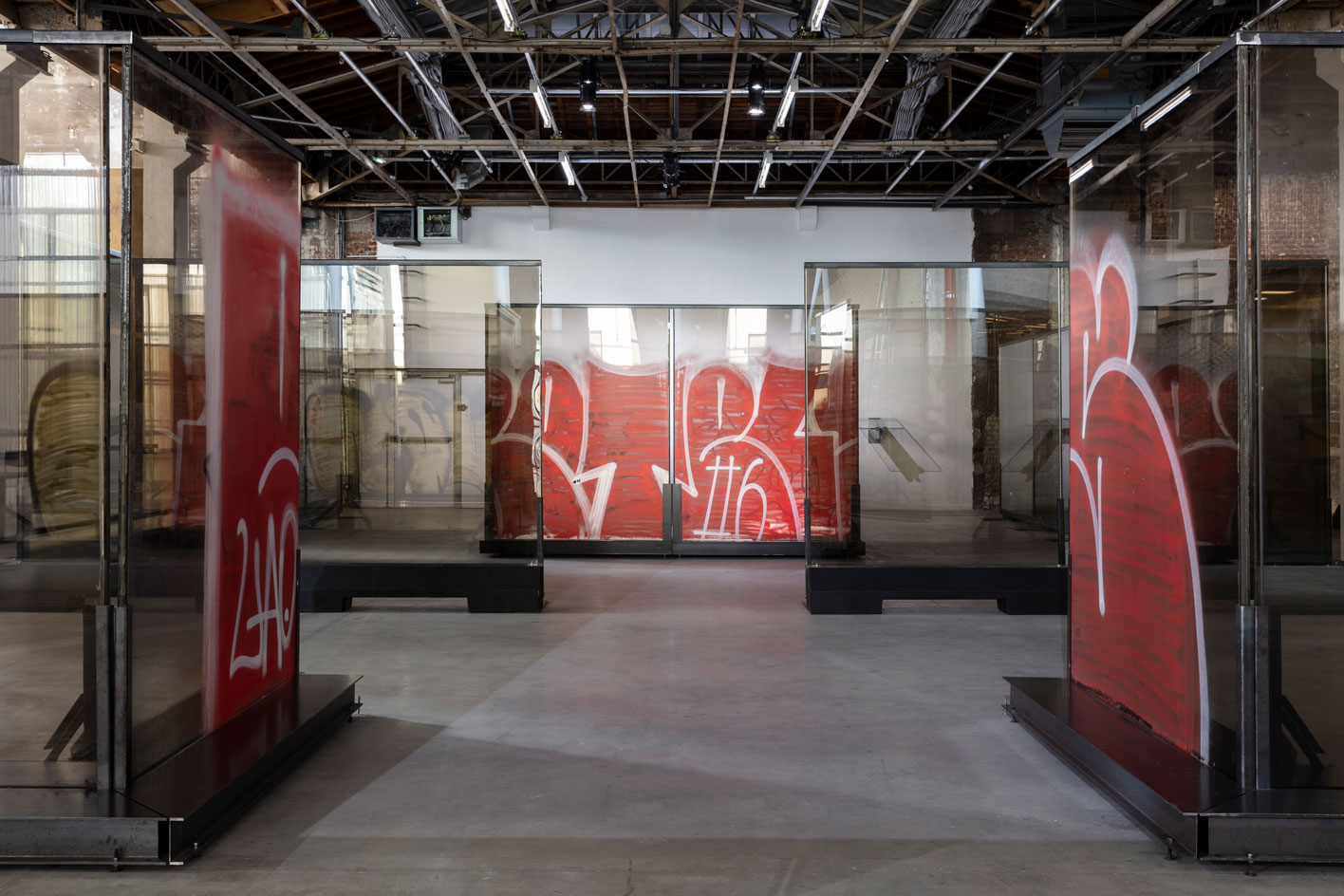 Anne Imhof: body language as tool, canvas and concept
Anne Imhof: body language as tool, canvas and conceptAnne Imhof is one of five radical artists chosen by Michèle Lamy for Wallpaper’s 25th Anniversary Issue ‘5x5’ project. In the midst of Imhof’s carte blanche at Paris’ Palais de Tokyo, we explore how she has redefined the concept of body language
-
Watch JR’s poignant procession for Australia’s agricultural emergency
Released for Earth Day 2021, French artist JR’s film, Homily to Country, is an intensely human commentary on the ecological decline of the Darling/Baaka river system in south-eastern Australia
